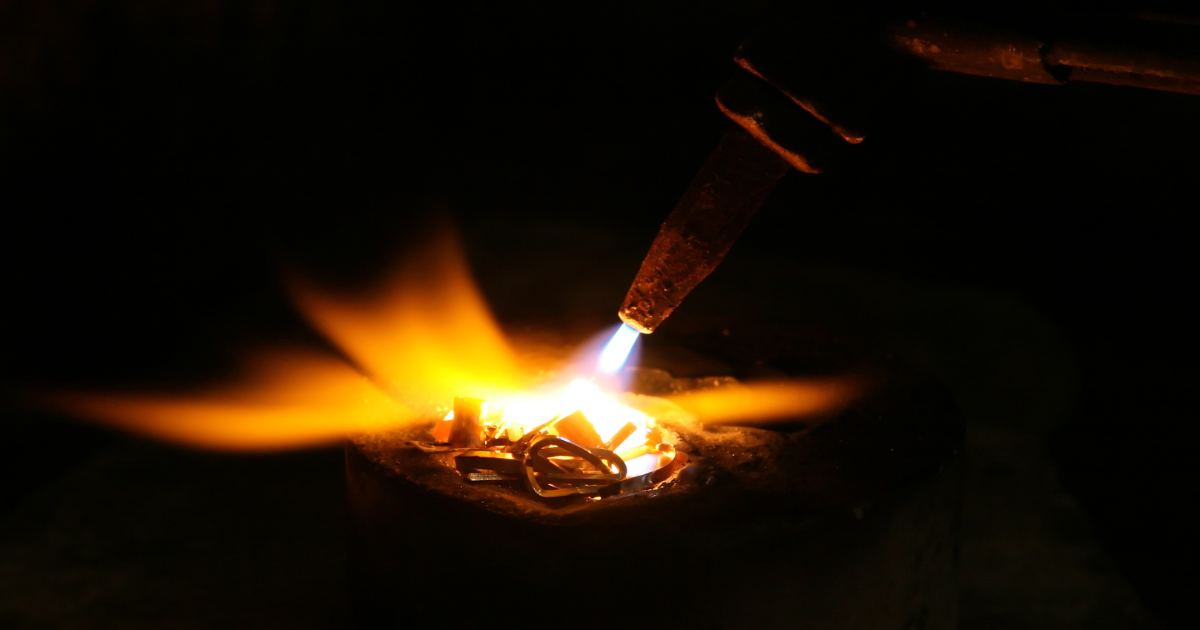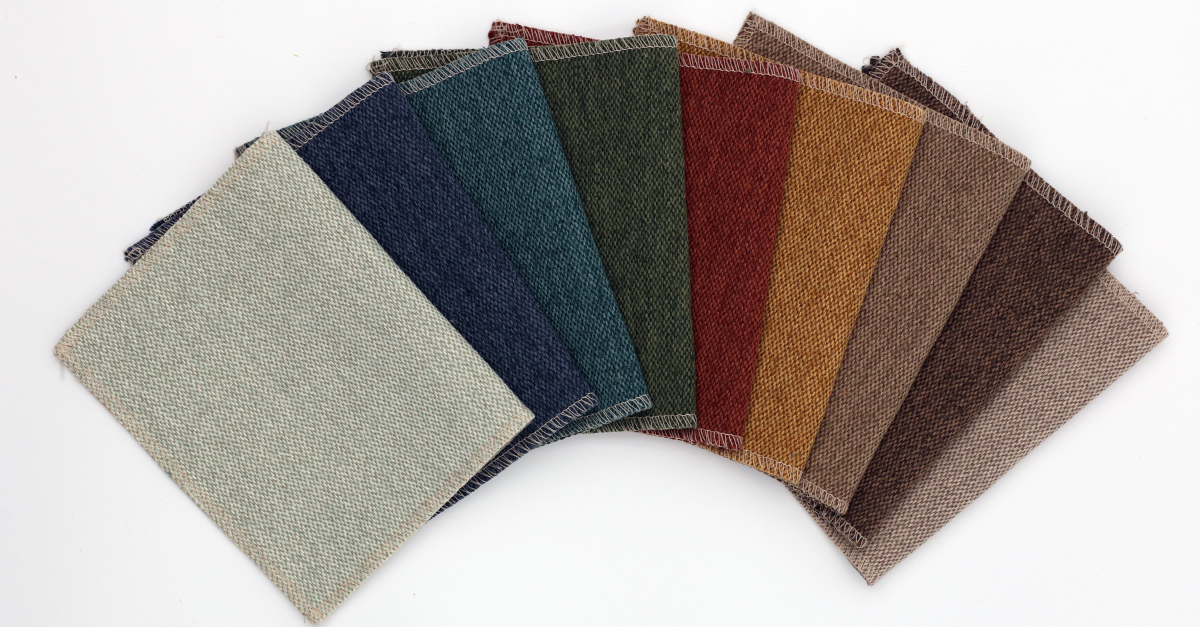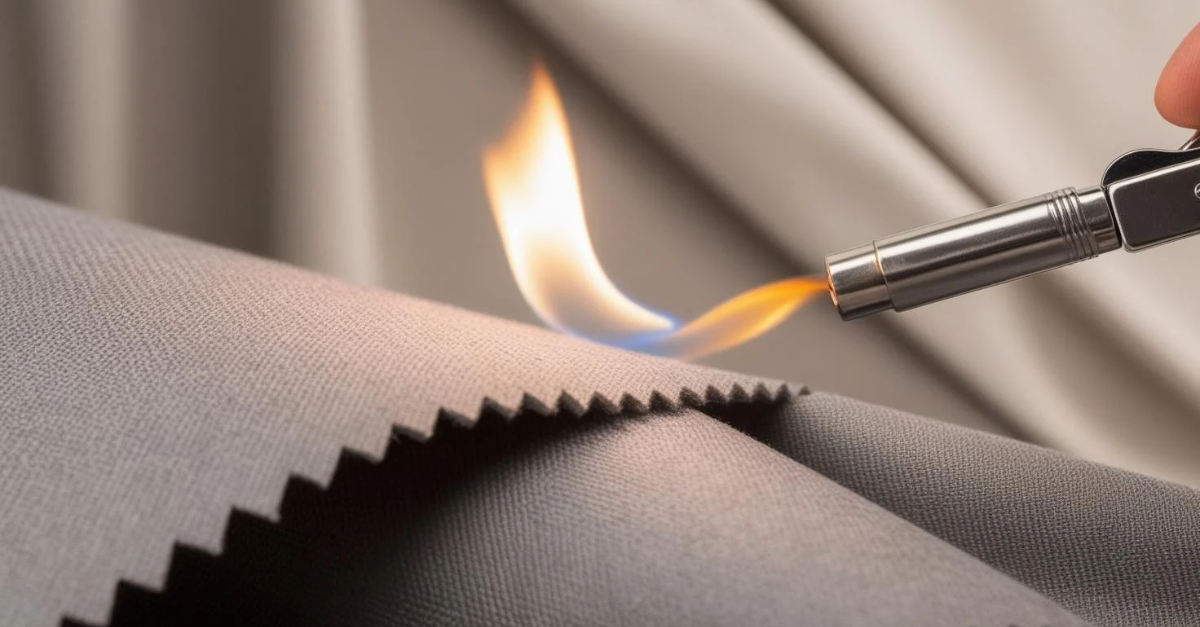What’s the difference between conductive and convective heat

Understanding the difference between conduction and convection is crucial in the study of heat transfer. Both conduction and convection are methods through which thermal energy moves, but they operate under different principles and are influenced by various factors. This blog post will explore what makes each of these heat transfer processes unique and how they function in different contexts.
What is conductive heat?
Conductive heat is the transfer of thermal energy through a solid material or between solids in direct contact. When a material is heated, its molecules vibrate and collide with neighboring molecules, transferring energy from the hotter part to the cooler part. This process continues until thermal equilibrium is achieved.
Conductive heat ¿how does it work?
In the process of conductive heat transfer, energy moves from areas of high temperature to areas of lower temperature through direct contact. A classic example is heating one end of a metal rod. Over time, the heat travels along the rod to the cooler end through molecular collisions, demonstrating how conduction works in practice.
Factors such as the type of material, its density, and the temperature gradient significantly influence how efficiently conductive heat is transferred. Metals, for instance, are excellent conductors due to their closely packed atoms and free-moving electrons, which facilitate the rapid transfer of thermal energy.
In the context of textiles, particularly flame-retardant fabrics like those developed by Dabedan, conductive heat transfer is a key consideration. These fabrics are designed to limit the spread of heat through conduction, helping to prevent the ignition and spread of fire. The material’s structure and composition play crucial roles in minimizing heat transfer, ensuring that the fabric remains effective even under high-temperature conditions.
Factors influencing conductive heat transfer
- Material properties: Thermal conductivity is a key factor. Metals are excellent conductors, while non-metals like wood and air are poor conductors.
- Cross-sectional area: A larger cross-sectional area allows for more heat to be transferred through a material.
- Thickness: Thicker materials offer greater resistance to conductive heat transfer.
- Temperature difference: A larger temperature difference between the two ends of a material increases the rate of heat transfer.
Understanding these factors is essential when designing systems where heat conduction plays a critical role, such as in building materials or electronic devices.

What is convective heat transfer?
Convective heat transfer involves the movement of heat through a fluid (whether liquid or gas) facilitated by the motion of the fluid itself. Unlike conduction, which relies on direct contact, convection depends on the movement of fluid particles.
In textiles, particularly those used in protective clothing or industrial applications, managing convective heat transfer is crucial. Flame-retardant fabrics are designed to resist the flow of heat through convection, ensuring that heat does not easily penetrate or spread through the material. This characteristic is vital for maintaining safety in high-risk environments.
Convective heat ¿how does it work?
Convective heat transfer works by circulating fluid (like air or water) to carry heat away from the source. For example, in a pot of boiling water, heat is transferred from the stove to the water at the bottom of the pot. The heated water becomes less dense and rises, while cooler water descends to take its place, creating a continuous circulation pattern that transfers heat throughout the pot.
Convection can be natural or forced. Natural convection occurs due to density differences within the fluid caused by temperature variations, while forced convection involves external forces, such as fans or pumps, to circulate the fluid more effectively.
Factors influencing convective heat transfer
- Fluid properties: The density, viscosity, and thermal conductivity of the fluid affect the rate of convection.
- Temperature difference: A larger temperature difference between the fluid and its surroundings increases convective heat transfer.
- Surface area: A larger surface area in contact with the fluid increases heat transfer.
- Fluid motion: Forced convection, caused by external factors like wind or stirring, can significantly increase heat transfer rates.
Engineers and designers consider these factors when developing systems like heating, ventilation, and air conditioning (HVAC) or cooling mechanisms in electronics, where efficient convective heat transfer is essential.
What is the difference between conduction and convection
The difference between conduction and convection can be summarized by their mechanisms of heat transfer. Conduction occurs through direct contact between materials, while convection involves the movement of heat through a fluid medium.
Conductive heat is most effective in solids, where molecular vibrations allow for efficient energy transfer, while convective heat is dominant in fluids, where the movement of the fluid itself facilitates the transfer.
In many applications, both conduction and convection occur simultaneously. For example, in a heated room, conduction occurs as heat transfers from a radiator to the surrounding air, and convection circulates the warm air throughout the space.
Dabedan’s flame-retardant textiles are engineered to address both conductive and convective heat transfer, ensuring that the fabric not only resists ignition but also slows the spread of heat, thereby providing comprehensive protection in hazardous environments.
Conclusion
Understanding the difference between conduction and convection is key to mastering the principles of heat transfer. Whether you’re designing energy-efficient systems, improving thermal insulation, or studying natural processes, knowing how conductive heat and convective heat work can make a significant difference in your approach.
Both conduction and convection play critical roles in how heat is managed and utilized across various fields. By recognizing the unique characteristics and factors that influence each method, you can optimize thermal energy flow and improve overall system performance.
For more insights on heat transfer and innovative flame-retardant textile solutions, visit Dabedan’s blog regularly. We provide expert advice and cutting-edge technologies tailored to meet your industry’s specific needs.
Subscribe to our newsletter
Receive all communications in your email to stay up to date with our news, as well as news and advice about the sector.
Latest published articles
Do you need advice?
We collaborate with you to develop custom designs tailored to the needs of each project, creating the fabric according to aesthetic, quality, or usage requirements.
Get in touch with us, and we will advise you on our products, or request a free sample.





